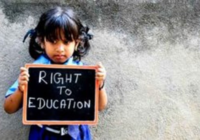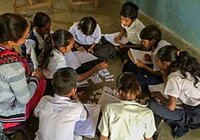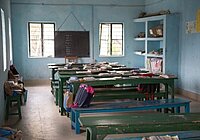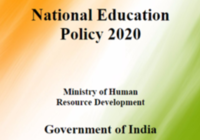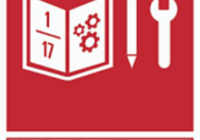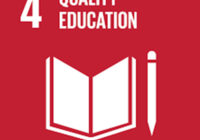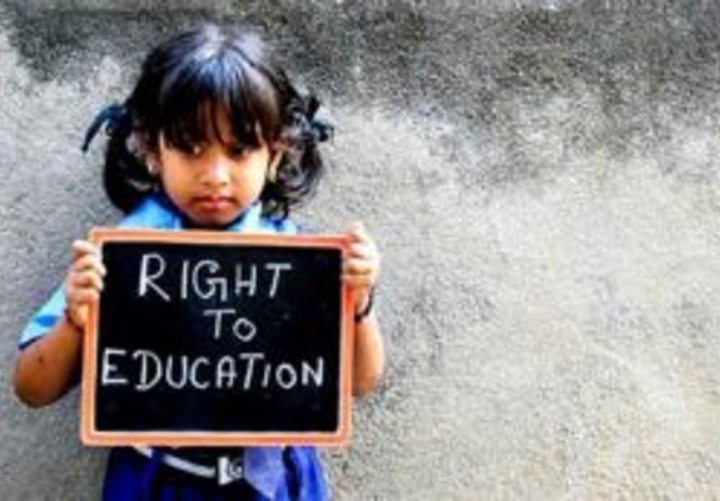
According to the latest UDISE+ report, approximately 5.6 million students dropped out at
the secondary school level in 2020–2021.
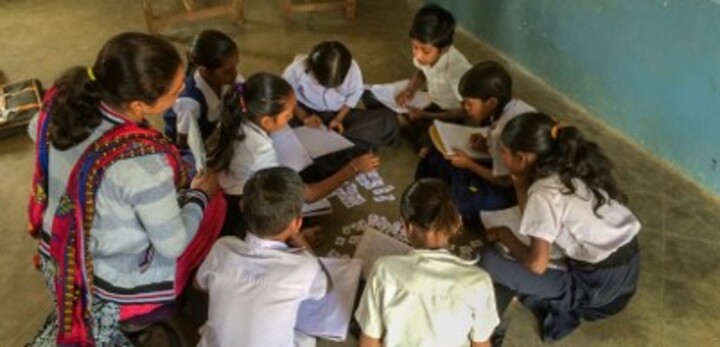
In 2019, more than 30 percent of Indian youth in the age group of 15–29 years were not in
education, employment, or training. This is more than double the OECD average and almost three times that of China.
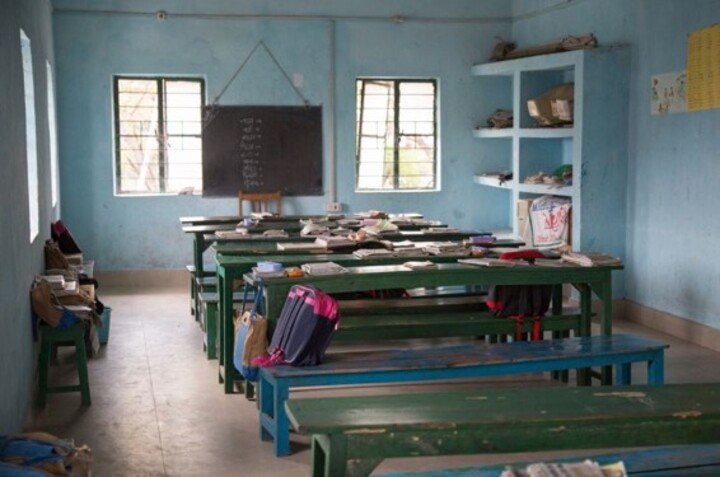
A majority of young people in India either do not have the relevant education and skills to
be meaningfully employed or suffer from the absence of enabling opportunities.

Challenges faced by schools and institutions in India:
- Several reports suggest that nearly 70% of students studying in government schools are ill-equipped to learn in the class they are admitted to.
-Teachers’ professional development is a very weak area in government schools.
- The officers in the education department, being ‘managed,’ file false reports about the working conditions of schools.
- According to the ASER report by Pratham in 2020, parents prefer private schools for education of boys while girl students are primarily sent to government schools to get basic education.

Old education system in India was mainly based on bookish learning and mainly focuses on cramming up the theories and concepts. No exposure is being provided to the students in the practical domain. Parents and teachers also focus on guiding the students for obtaining high marks in the subjects rather than practical knowledge and usability of the concepts.
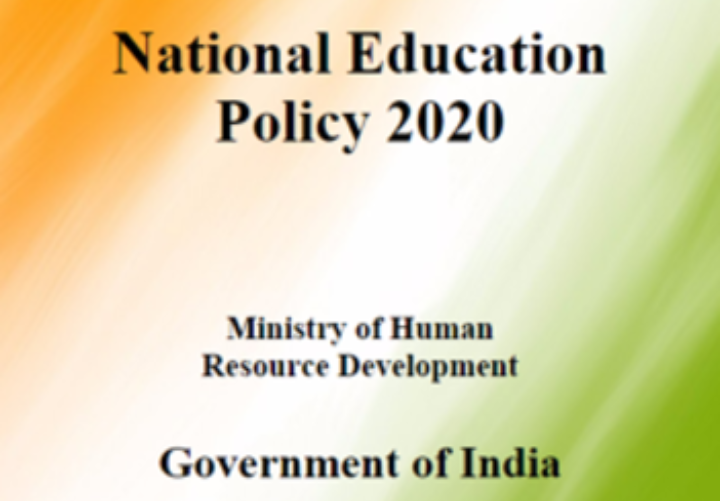
To address many of the challenges facing India’s youth, the Ministry of Youth Affairs and Sports recently released a draft of the National Youth Policy (NYP) 2021, to look after education, employment and entrepreneurship, youth leadership and development, health, fitness, sports, and social justice.
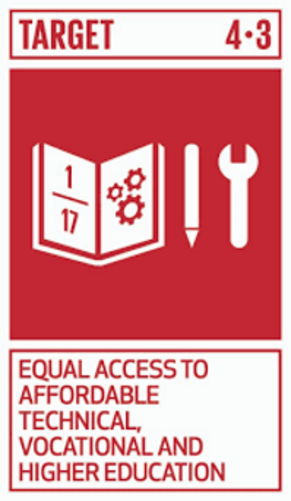
The National Education police - NEP 2020 is also in the line of Goal 4 of the United Nations Sustainable Development Goals (SDG 2030), which clearly believes equal access to education is the base of sustainable development.
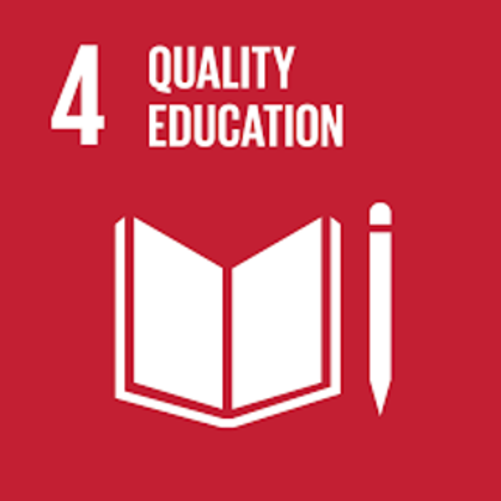
NEP 2020 will strengthen all the citizens of the country by enhancing their skills and knowledge. Furthermore, it clearly talks about the complete overhauling of Indian educational system from pre-primary to higher education along with curricular reform to institutional reform in a phased manner, which will help India to achieve SDG objectives.

